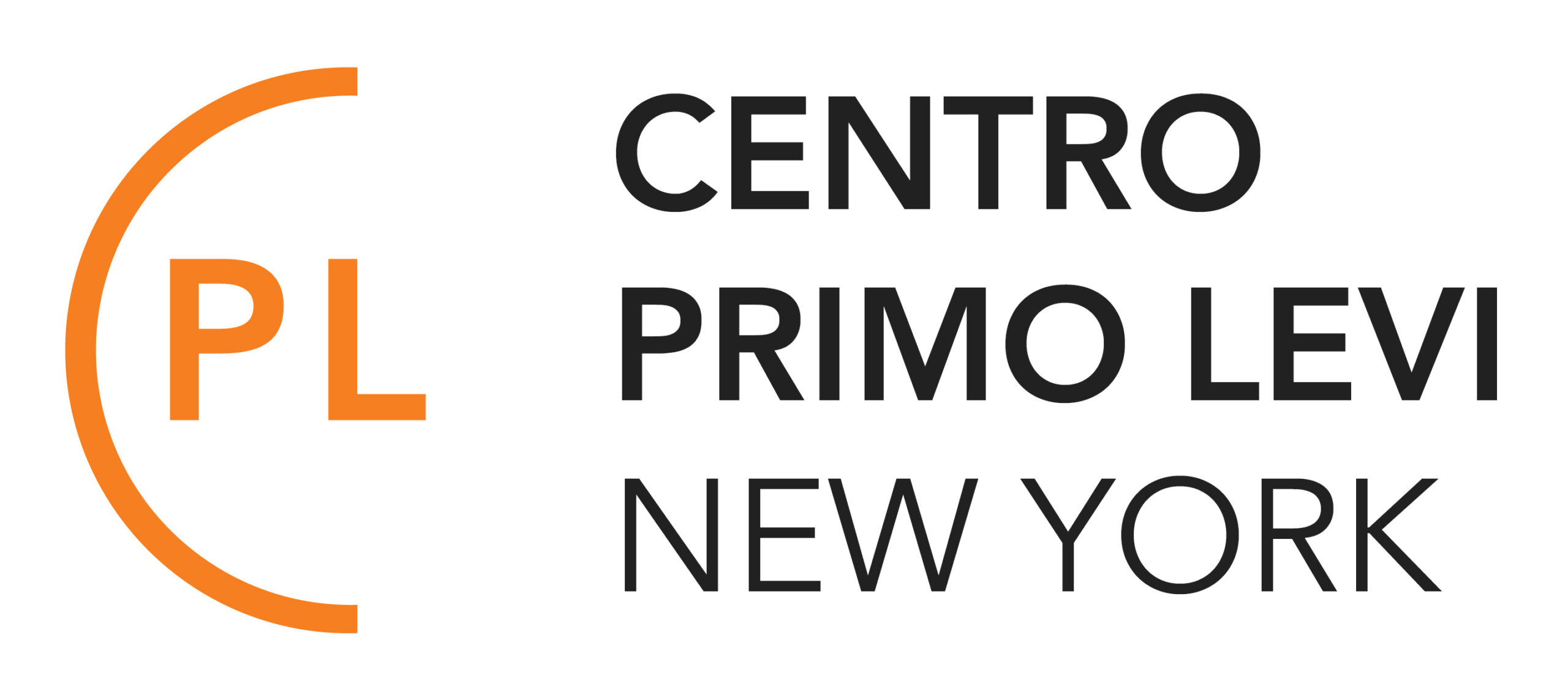The Shoah in Italy: Beyond National Mythology
05Feb6:30 pm8:00 pmThe Shoah in Italy: Beyond National Mythology
Event Details
Enzo Traverso (Cornell University) and Susan Zuccotti (author of The Italians and the Holocaust). Respondent Franklin Hugh Adler (Macalester College) “Se comprendere è impossibile, conoscere è necessarioperchéciòche è
Event Details
Enzo Traverso (Cornell University) and Susan Zuccotti (author of The Italians and the Holocaust). Respondent Franklin Hugh Adler (Macalester College)
“Se comprendere è impossibile, conoscere è necessarioperchéciòche è accadutopuòritornare, le coscienzepossononuovamenteesseresedotteedoscurate: anche le nostre”. (Primo Levi)
The new two volume box set The History of the Shoah in Italy completes and updates the History of the Shoah in 5 volumes published by UTET in 2005 and aims at shedding new light on the Shoah in Italy, while the previous set explored this topic at the European level. Only in recent years has historiography begun to identify more accurately the specific Italian responsibilities in the persecution of the Jews and the forms racial prejudice took in fascist Italy.
It has also focused on how conflicts over supremacy between Italy and Germany played a role in their respective attitudes and policies towards race, religion and colonialism. This collection offers a broad overview of the most recent historiographical and documentary resources on fascist Italy, contextualizing it in the broader setting of the European experience.
Read a review by Franklin Adler in Quest, Issues of Contemporary Jewish History (CDEC, Milan)
Publication of the two-volume StoriadellaShoah in Italia. Vicende, memorie, rappresentazioni signifies an important turning point in our understanding of the persecution of Italian Jews under Fascism, the policy of deportation and extermination during the Nazi occupation, and how these events were reflected in public policy and in the national consciousness after the war. The collection is appropriately sweeping in scope, beginning with the nineteenth century and culminating in the contemporary period. The reader confronts close to thirteen hundred pages, divided into fifty essays written by different authors, not counting introductions to each volume by the four editors. More important than such statistics, which give some idea of the project’s quantitative scale, a specialist would immediately recognize the qualitative strength of this collective endeavor, after a preliminary examination of its analytic architecture, indexes, footnotes and, most importantly, the intellectual stature of the assembled authors, all notable scholars who have made significant contributions to our contemporary understanding of this tragedy.
Why does publication of these massive volumes signify a turning point? Because with finality it puts to rest, with the full weight of scholarly authority, those mythical, folkloric, auto-exculpatory, and false truisms that went largely unchallenged until the late 1980s: that the anti-Semitic laws, never effectuated with commitment and rigor, were enacted simply to please the German ally; that Italians did whatever they could under the German occupation to protect and save Jews; and that the “good Italian” had to be clearly distinguished from the “bad German,” the basis of what came to be understood in the popular expressionItalianibravagente. Reflected, if not commemorated, in StoriadellaShoah in Italia is a new critical scholarship, emerging first in the wake of the fiftieth anniversary of the 1938 racial laws. The point of departure was precisely this common, generally uncontested view, so much so that the very expressionItalianibravagente is almost always targeted in the introductory remarks of everything written during the past two decades. Additionally, reflecting trends in current scholarship, this new collection reveals not only how the earlier view ascribed sole responsibility for what happened to the bad Germans, but avoided recognition of how Fascist anti-Semitic policy from 1938 to July 1943 facilitated the core practices of the Shoah under German occupation, deporting Jews and pilfering their property. In turn, given the one-sided ascription of responsibility to the Germans, what had been masked was the nature and extent of Italian collaboration in all aspects of German policy. The second volume, dealing with postwar Italy, addresses the failure both to redress in a timely and equitable manner the wrongs visited upon Italian Jews and to facilitate their reintegration into national life. It demonstrates how such issues had never been major concerns of anti-fascism, generally speaking, or of the constituent political parties of the new republic. In fact, what had happened specifically to the Jews went largely unacknowledged to the degree that they became melded into a more general and less problematic category, victims of Fascism, as if they had been targeted for discrimination, then annihilation, primarily because they were “anti-Fascists” rather than “Jews.” There never had been a Nuremberg type process and the so-called Togliatti epurazione was so minimal and insignificant that all but a few fascists were held to account, while thousands of others, including those who collaborated with the Gestapo and committed despicable acts of barbaric criminality, were set free and returned to normal live well before most Jewish victims were able to recover lost occupational posts and property. The major virtue of this collection is carefully laying all the cards on the table, so to speak, providing in one place a carefully researched empirical account that can serve as the basis for further scholarly elaboration and public discussion.
Time
February 5, 2013 6:30 pm - 8:00 pm(GMT+00:00)
Location
Casa Italiana Zerilli Marimò
Casa Italiana Zerilli Marimò 24 West 12th Street
